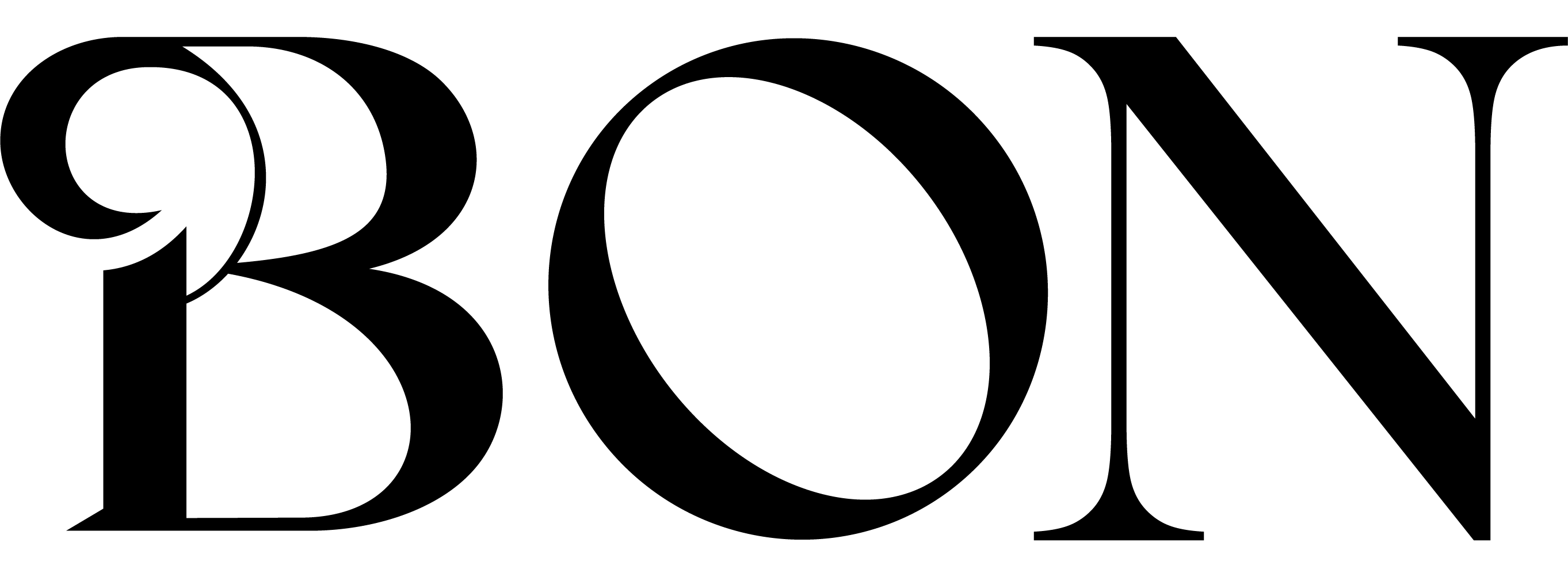
In the realm of NFT project development and progress, the significance of “lore” cannot be diminished. From Bored Apes to Forgotten Runes to goblintown and everything in between, lore is often considered the backbone of a successful NFT endeavour serving as the foundation for a thriving NFT venture and playing a crucial role in shaping its narrative aspect.
If you ask any eccentric collector or creator about the concept of lore, you’re bound to encounter a variety of responses. In the NFT realm, lore is intricately linked to the distinct and all-encompassing storyline of a project. However, its meaning has become somewhat unclear within the NFT community due to the absence of a widely accepted, definitive definition akin to those found in established dictionaries like Webster’s. Consequently, individuals immersed in the Web3 domain may face challenges in understanding the true nature of “lore” as a deliverable in NFT projects.
Definition
To gain insight into the perception of lore in Web3, it is crucial to grasp its inherent definition. Essentially, lore refers to a body of traditions and knowledge, held by a particular group that is passed from person to person (either through writing or word of mouth).
As we move beyond traditional forms of storytelling, the concept of lore in the 21st century is frequently associated with gaming, cinematic universes, and similar domains. And within these contemporary sectors, lore is more often than not considered as “the backstory” — i.e., anything that happened in the past that set the scene for a game, movie, or series narrative to happen. Essentially, lore is passive, while the story is active in nature. Thus, a widely accepted definition of lore (as per Urban Dictionary) that permeates popular culture might be “the accumulated history and comprehensive knowledge pertaining to a specific fantasy or science fiction universe.”
By establishing a foundation, we can acknowledge that lore represents the cumulative knowledge surrounding a particular universe. However, it is crucial to recognize that these universes often undergo continuous transformation. This is particularly evident in games such as Dungeons & Dragons, which possess a deep-rooted lore dating back to the 1970s and undergoes regular revisions and expansions to enrich its narrative world.
Put simply, lore can be described as an ever-evolving compilation of fictional backstories. Now, when it comes to applying this concept to Web3, specifically in the realm of NFTs, we can define lore as the accumulated understanding of a project, focusing on the perpetually developing narrative that takes shape within its ecosystem. Although this definition may appear intricate, the key idea is that lore serves as the fictional foundation that propels a project forward.
When it comes to constructing a narrative in the NFT space, one essential aspect to grasp is that lore is far from being static. While we can view it as the amassed knowledge surrounding a project, the real significance of lore lies in its ever-changing stories, whether derived from it or added to it. As the establishment and evolution of lore directly impact collectors, it remains a valuable tool in fulfilling the promised “utility” emphasized in many project roadmaps.
The potential ramifications for the NFT ecosystem remain uncertain, and only time will reveal their true extent. However, it appears that a challenging situation looms ahead. If the benchmark for utility can be easily met by creating project lore, it may pave the way for a trend where projects heavily rely on low-effort storytelling initiatives, such as zines or monthly webcomics, to become the primary driving force behind their success.



